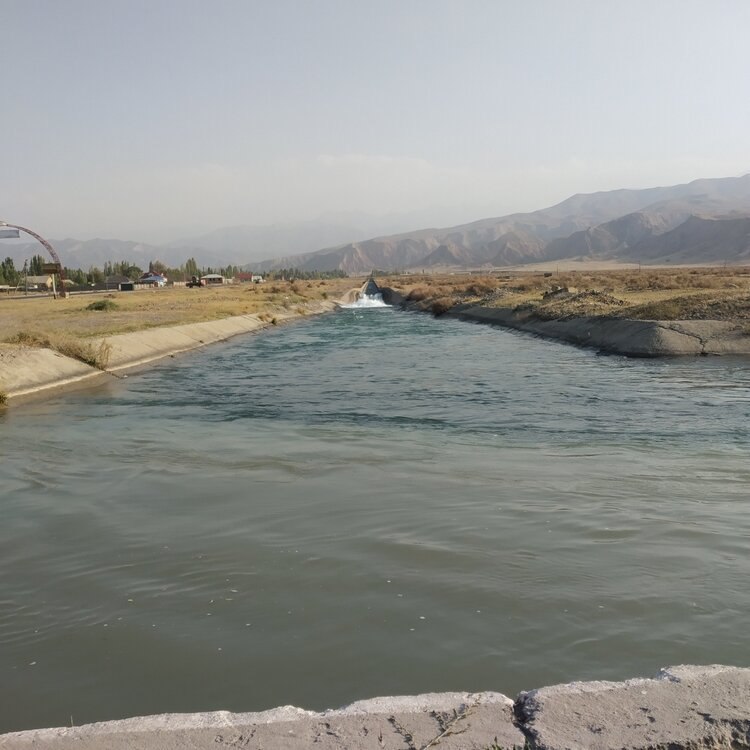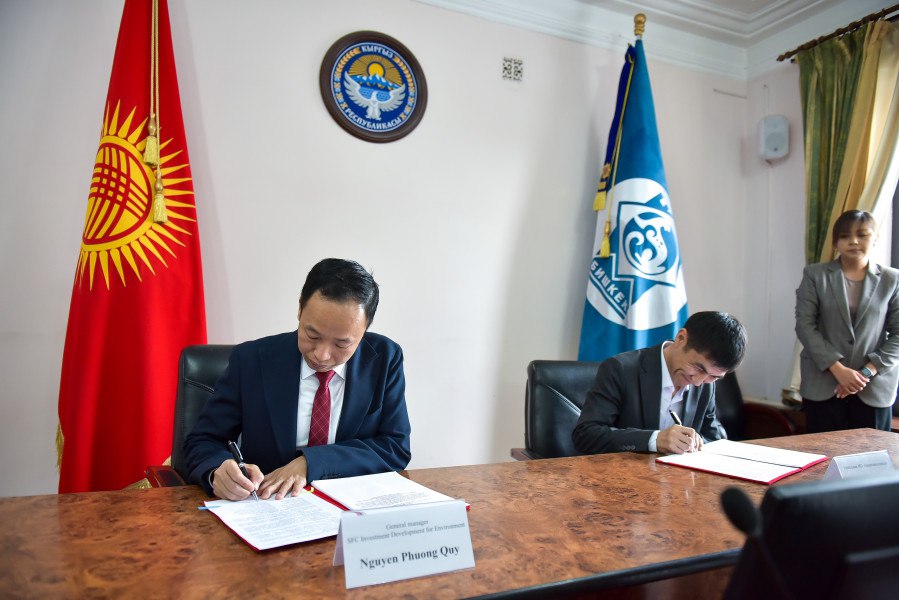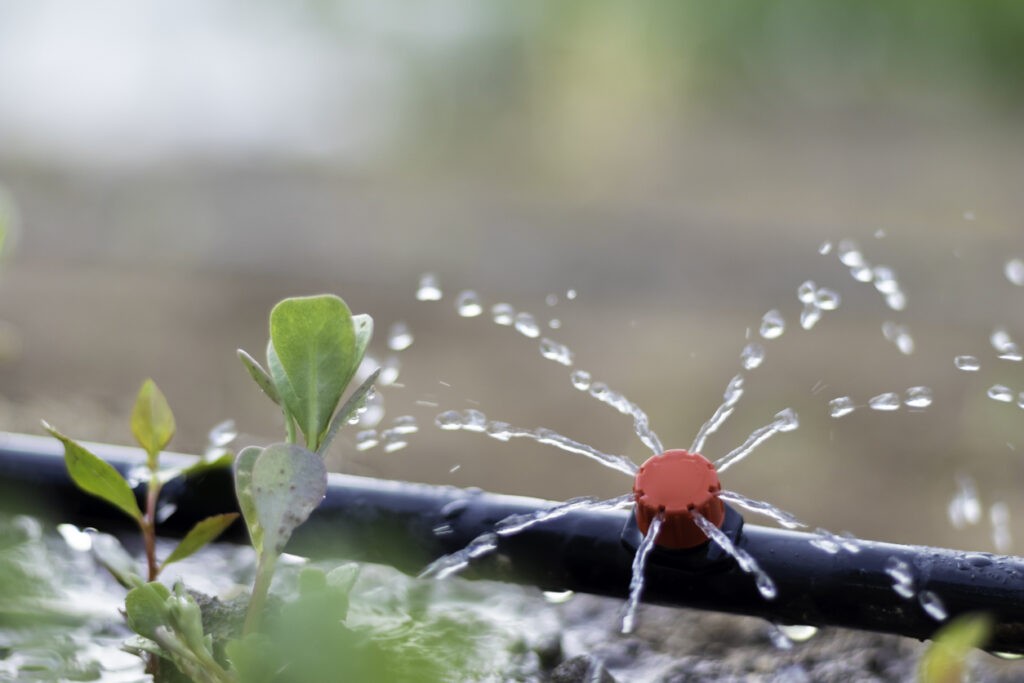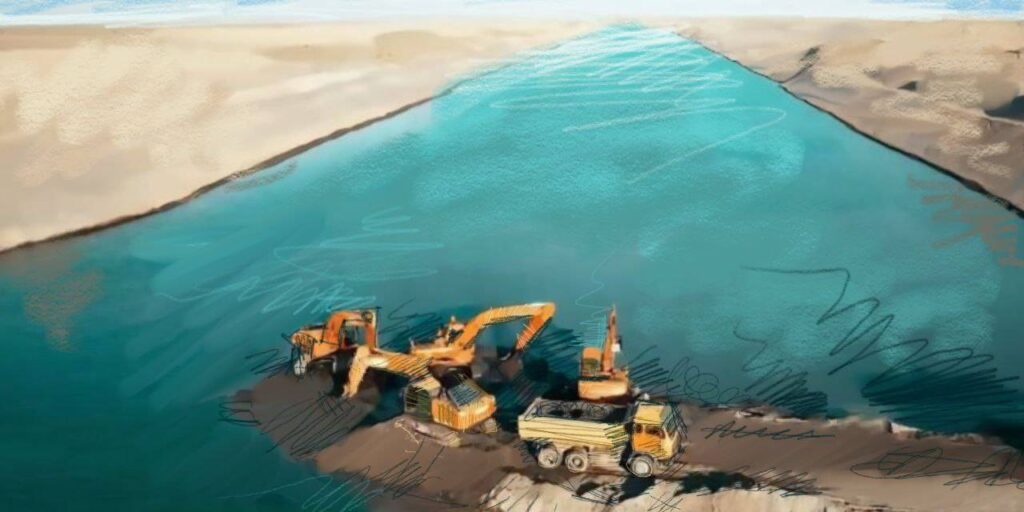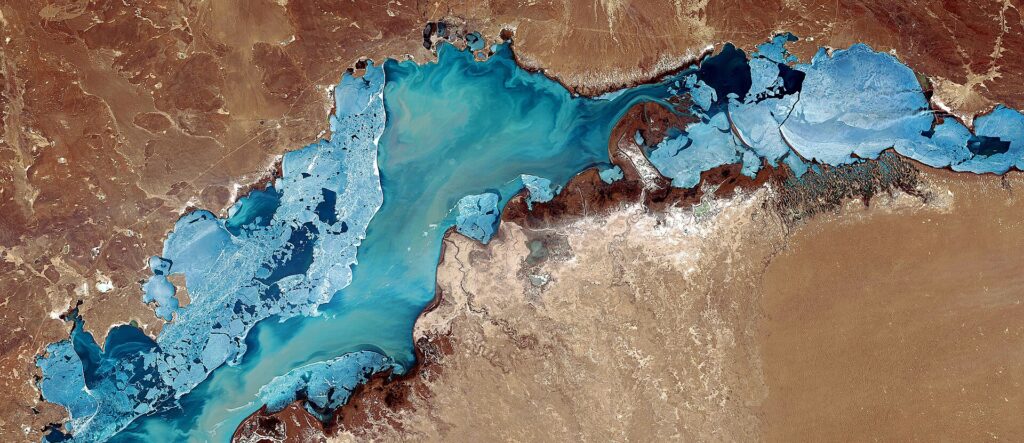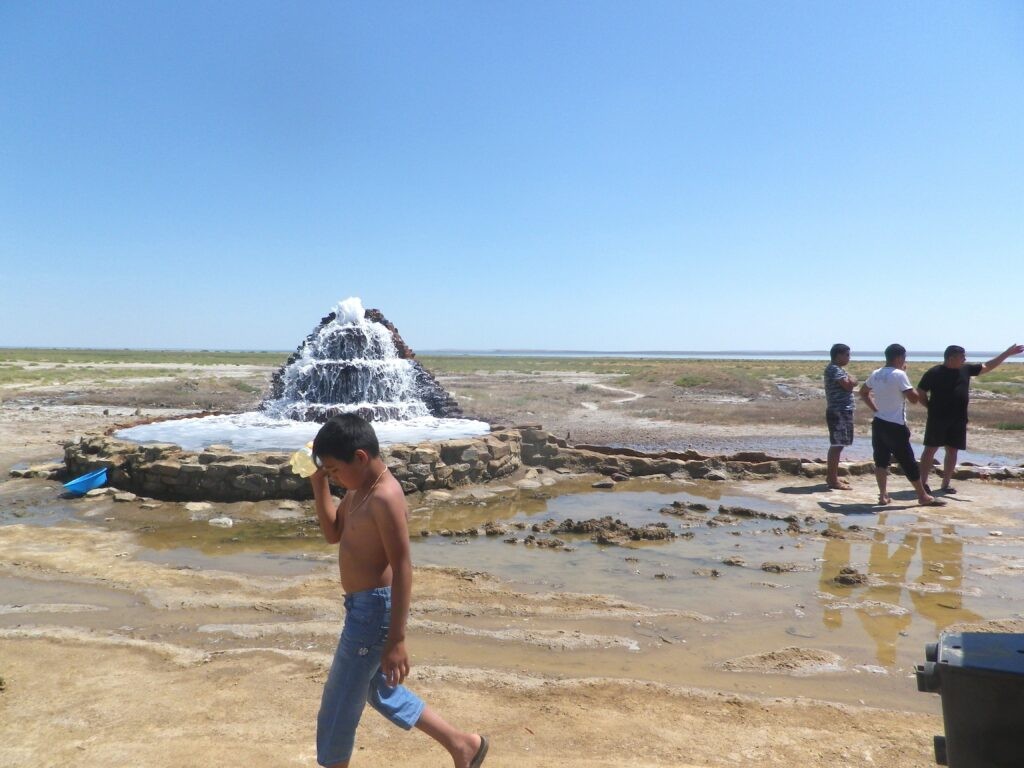Kazakhstan’s Southern Region Receives Full Irrigation Water Supply from Kyrgyzstan
This year, five districts in Kazakhstan’s southern Zhambyl region—Kordai, Merke, Baizak, Zhambyl, and Talas—were fully supplied with irrigation water from the transboundary Shu and Talas rivers, which flow from neighboring Kyrgyzstan. The announcement was made by Kazakhstan’s Ministry of Water Resources and Irrigation. In April, Kazakhstan and Kyrgyzstan agreed on a joint water intake schedule for the 2024 irrigation season. As part of this agreement, Kazakhstan received 418 million cubic meters of water from the Talas River, exceeding the planned 380 million cubic meters and surpassing last year’s allocation by 94.2 million cubic meters. Additionally, along the Shu River (called Chu in Kyrgyzstan), Kazakhstan was allocated 165.3 million cubic meters, 29.7 million cubic meters more than in 2023. “Farmers in the Zhambyl region were fully provided with irrigation water according to their needs,” stated Kairat Amanov, director of the Zhambyl branch of Kazvodkhoz. In total, 533.3 million cubic meters of water were delivered, irrigating 90,100 hectares of farmland. Kazvodkhoz, a division of Kazakhstan’s Ministry of Water Resources and Irrigation, is responsible for managing the nation’s irrigation infrastructure, including canals and reservoirs. Kazakhstan’s agriculture, especially in its arid southern regions, relies heavily on irrigation water from Kyrgyzstan. At the same time, Kyrgyzstan faces its water management challenges. The water level of Lake Issyk-Kul, Kyrgyzstan’s largest lake, has been declining, partly due to the diversion of feeder rivers for local irrigation and to meet downstream agricultural needs in Kazakhstan. Although the Shu River does not directly feed Lake Issyk-Kul, it originates in the Issyk-Kul region and could have been utilized to irrigate nearby farmland. Instead, it plays a critical role in supporting Kazakhstan’s Zhambyl region. This allocation highlights Kyrgyzstan’s significant role in Central Asia’s water policies and its ongoing efforts to maintain cooperative relations with neighboring countries on key water and energy issues.
